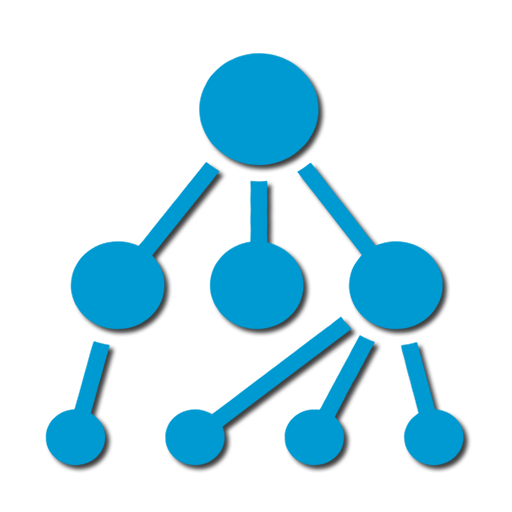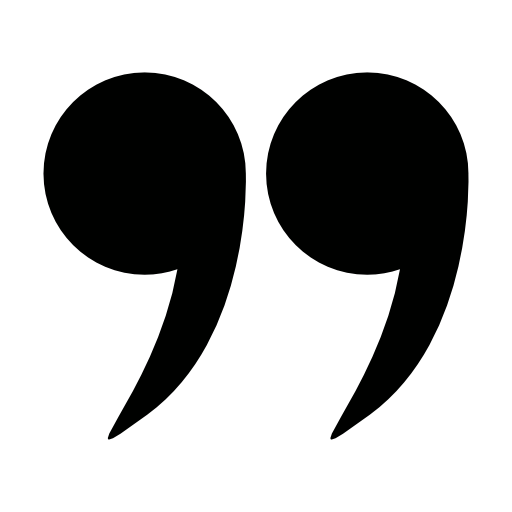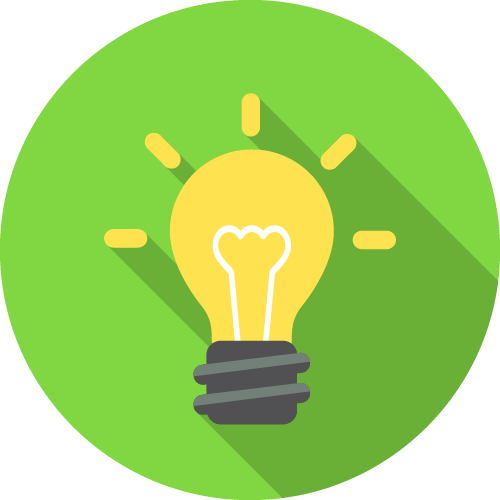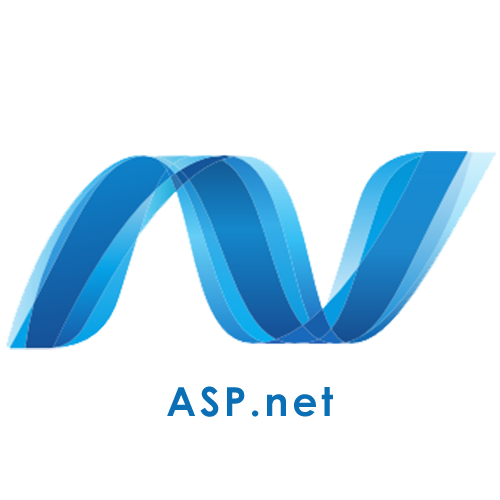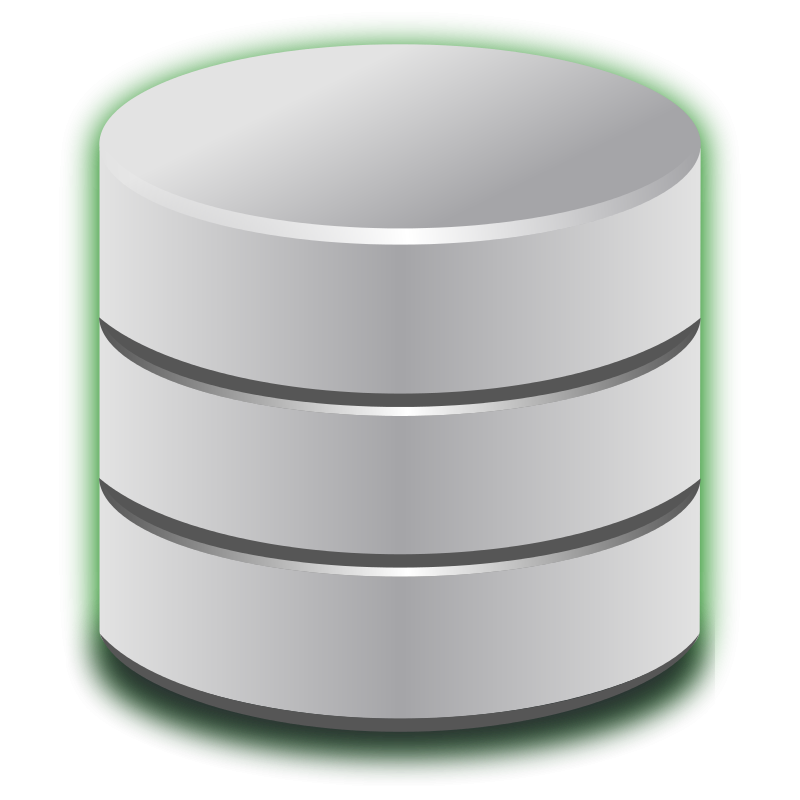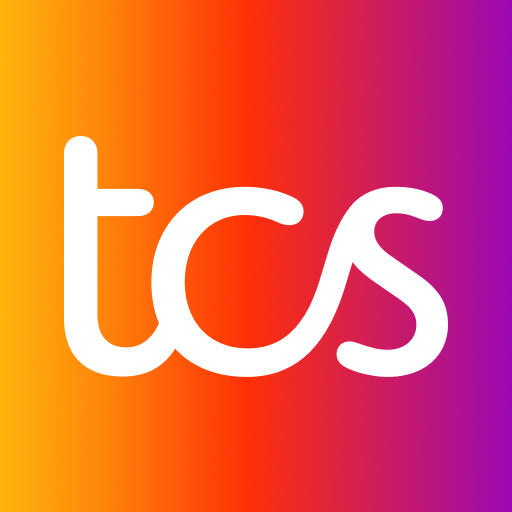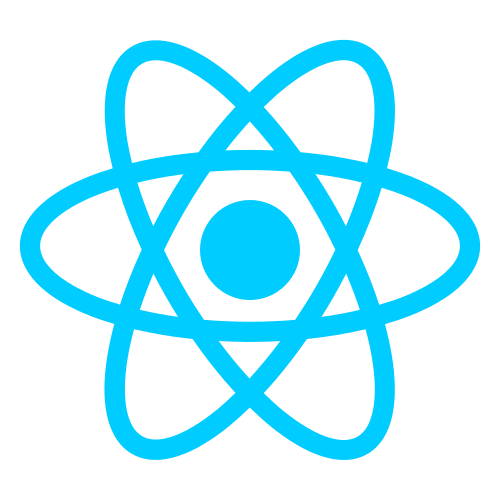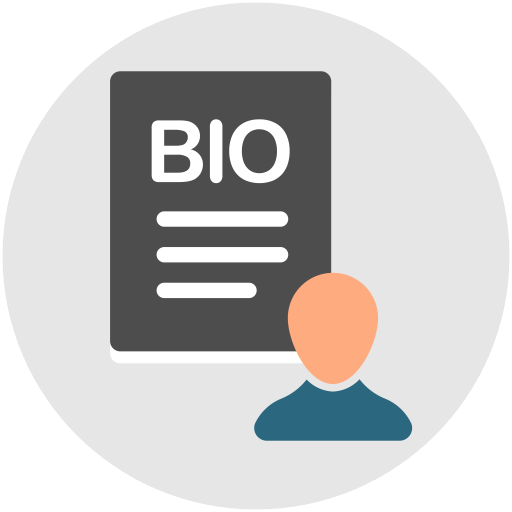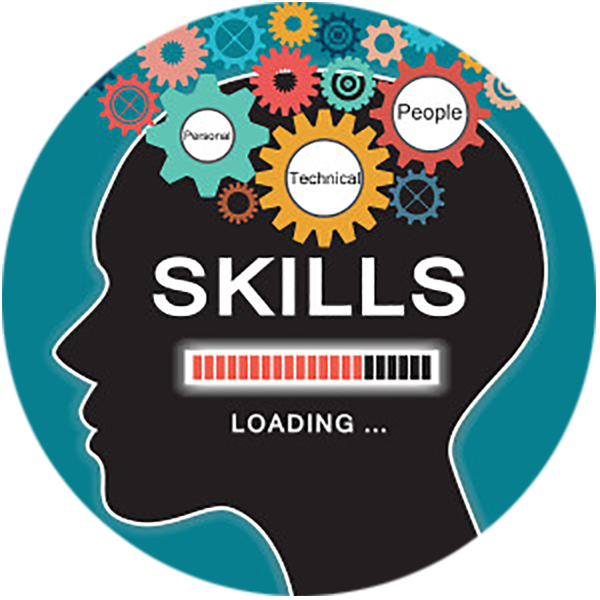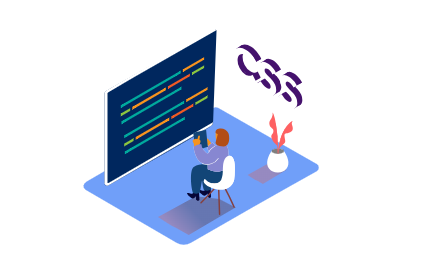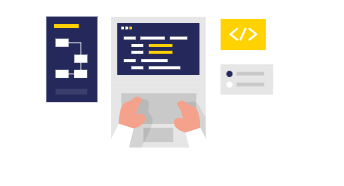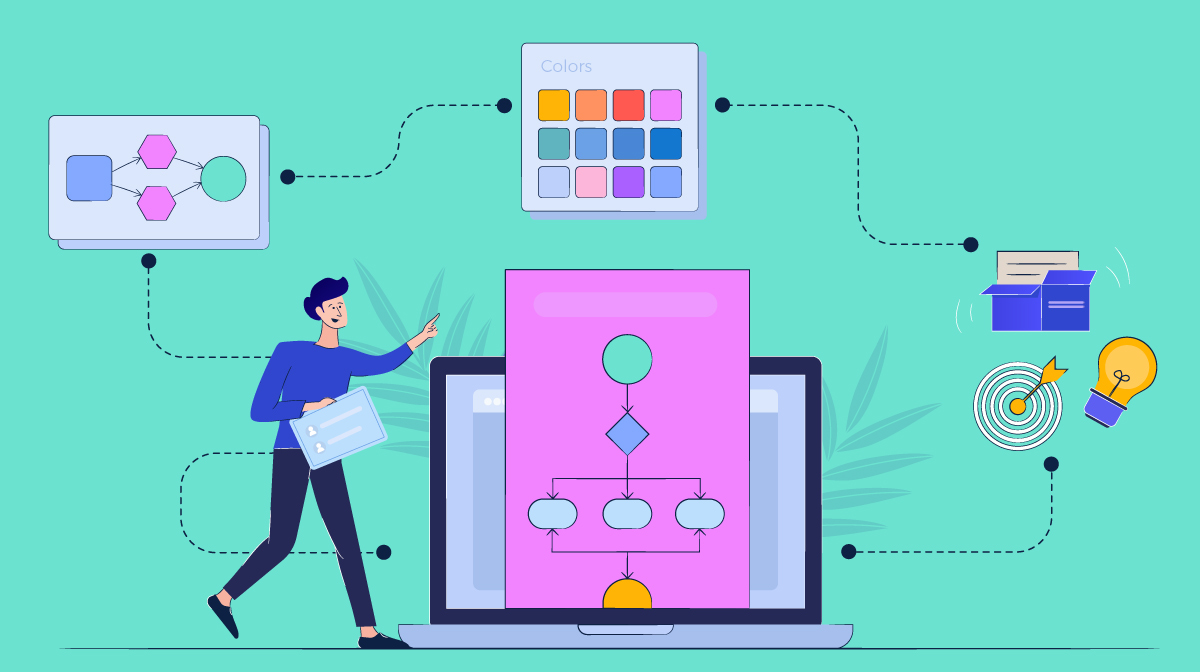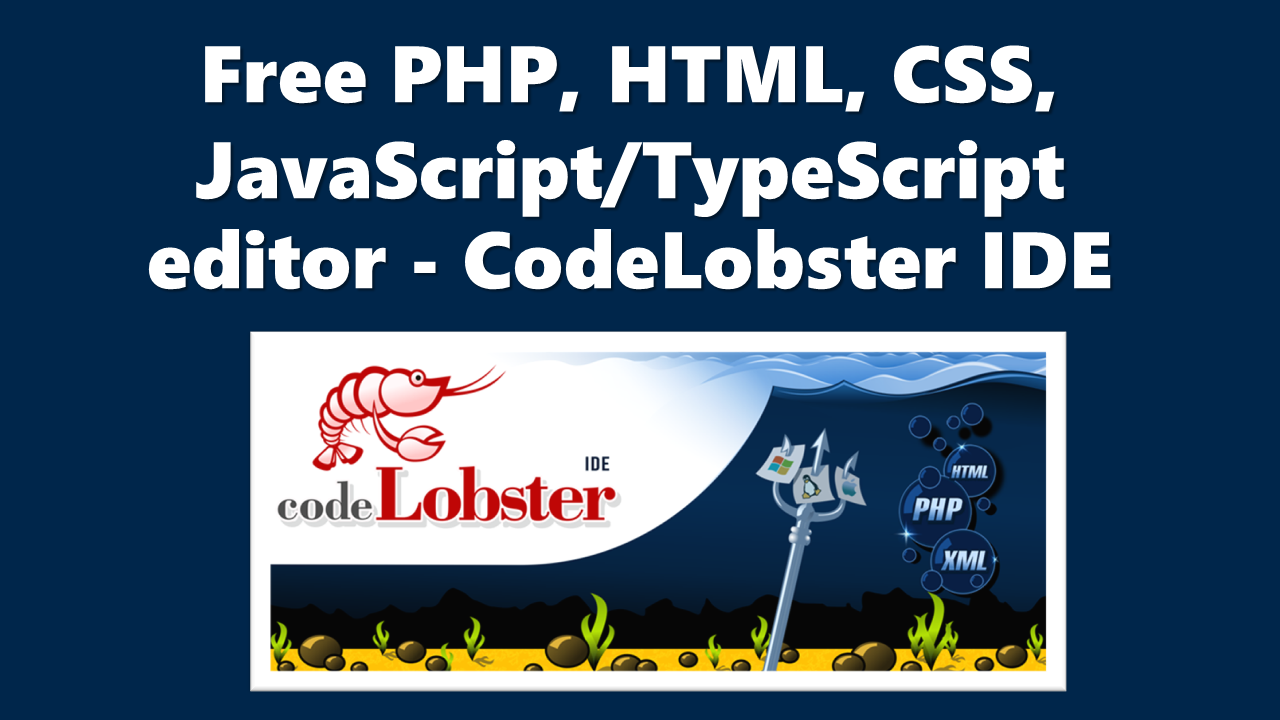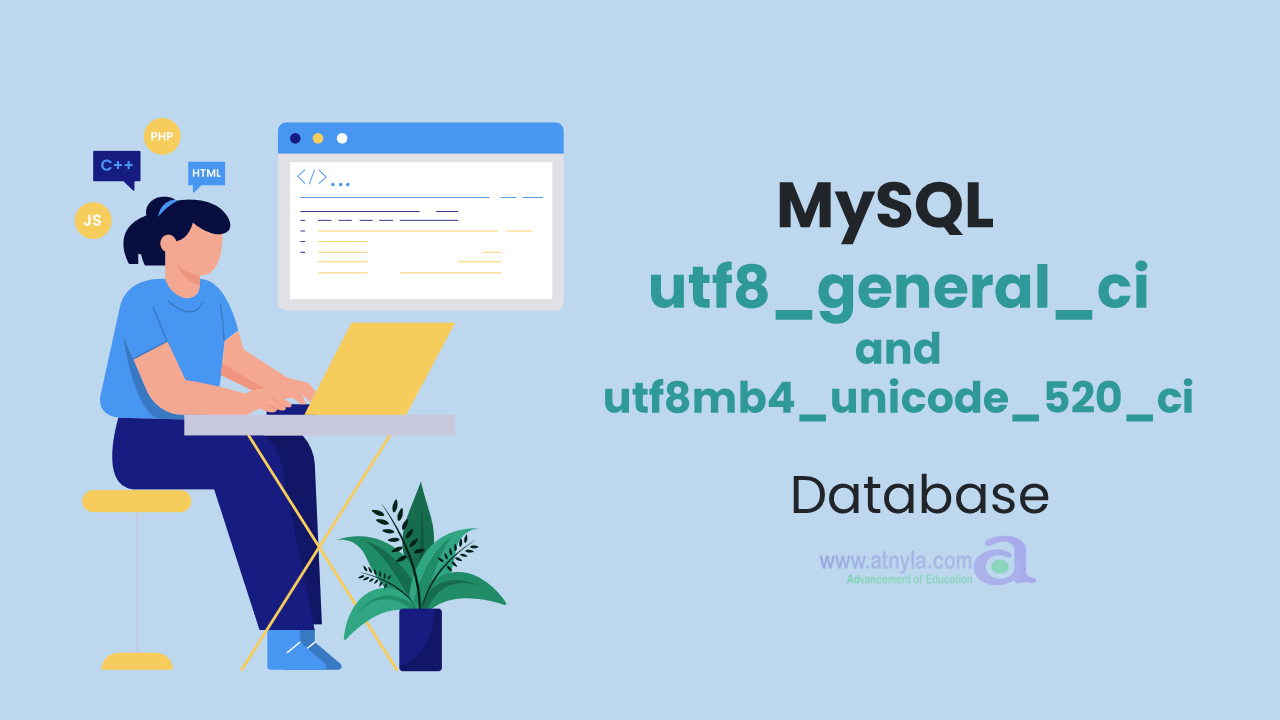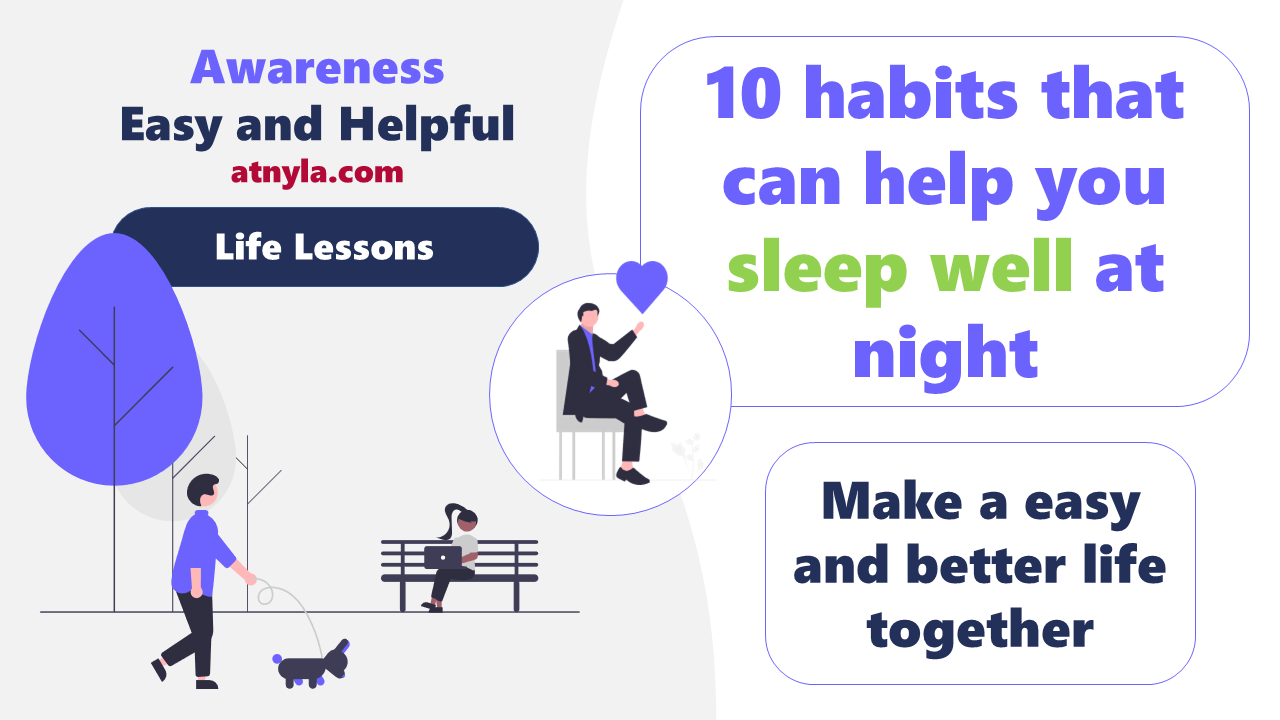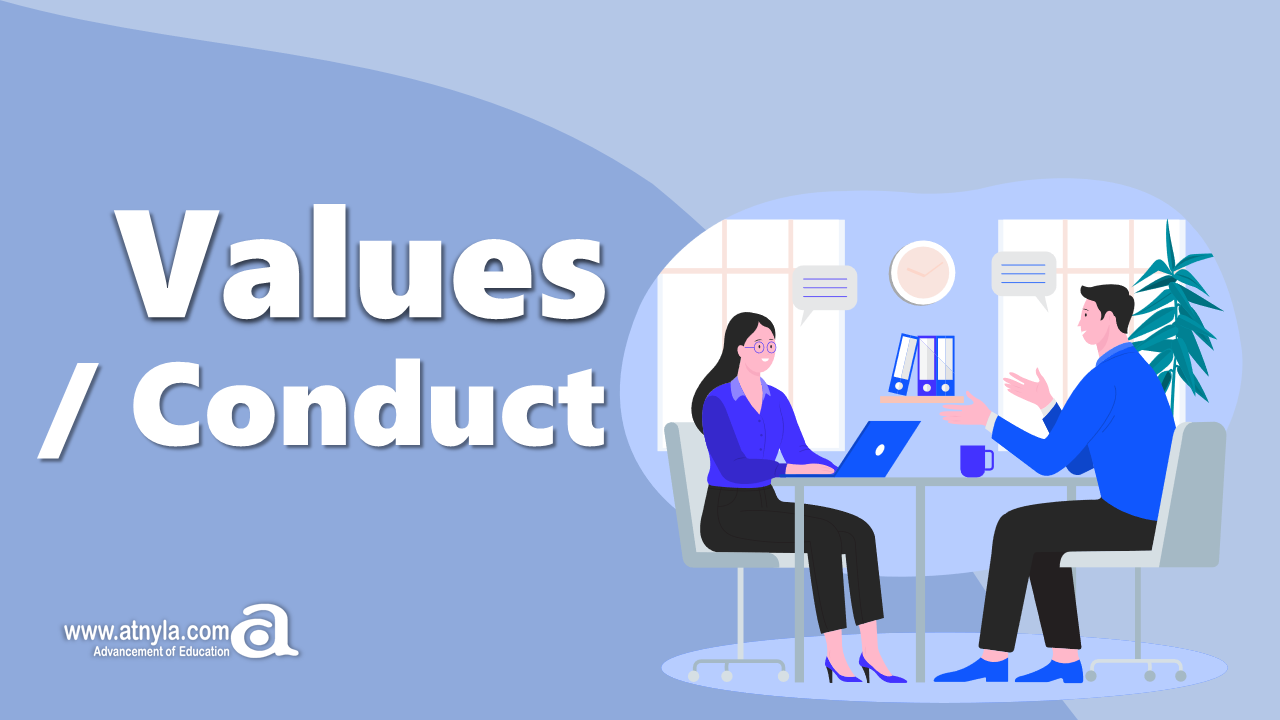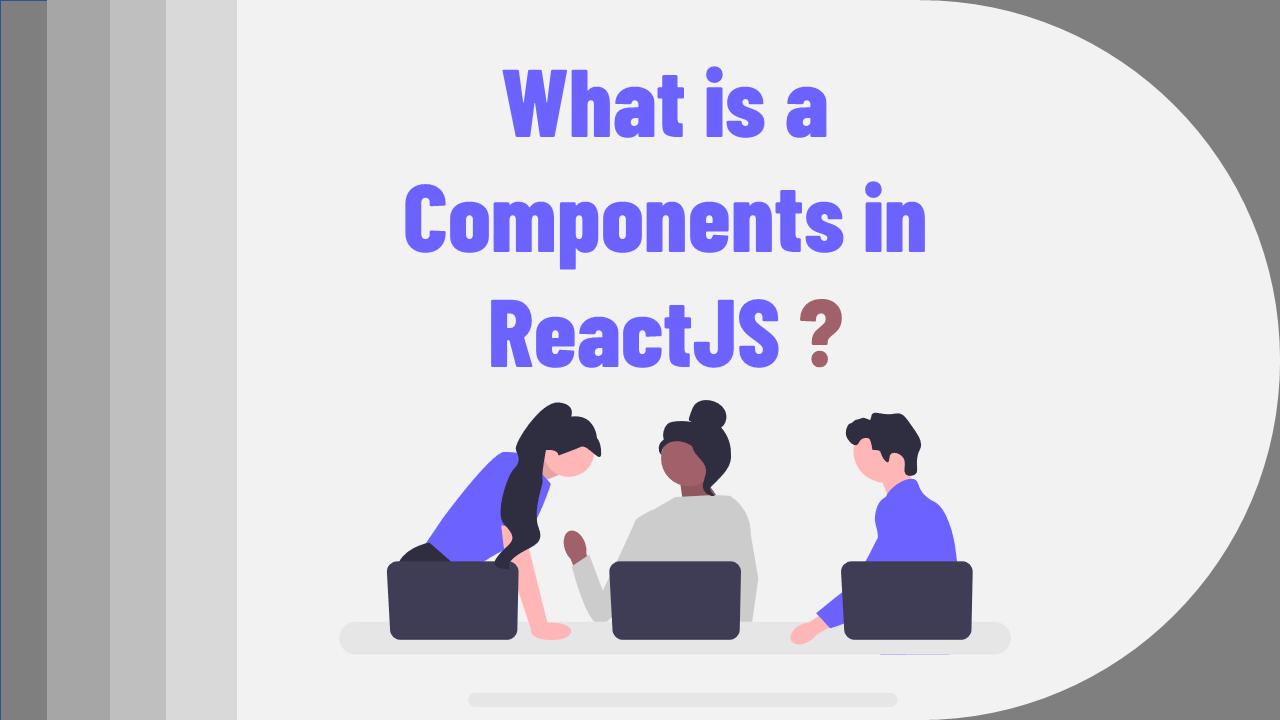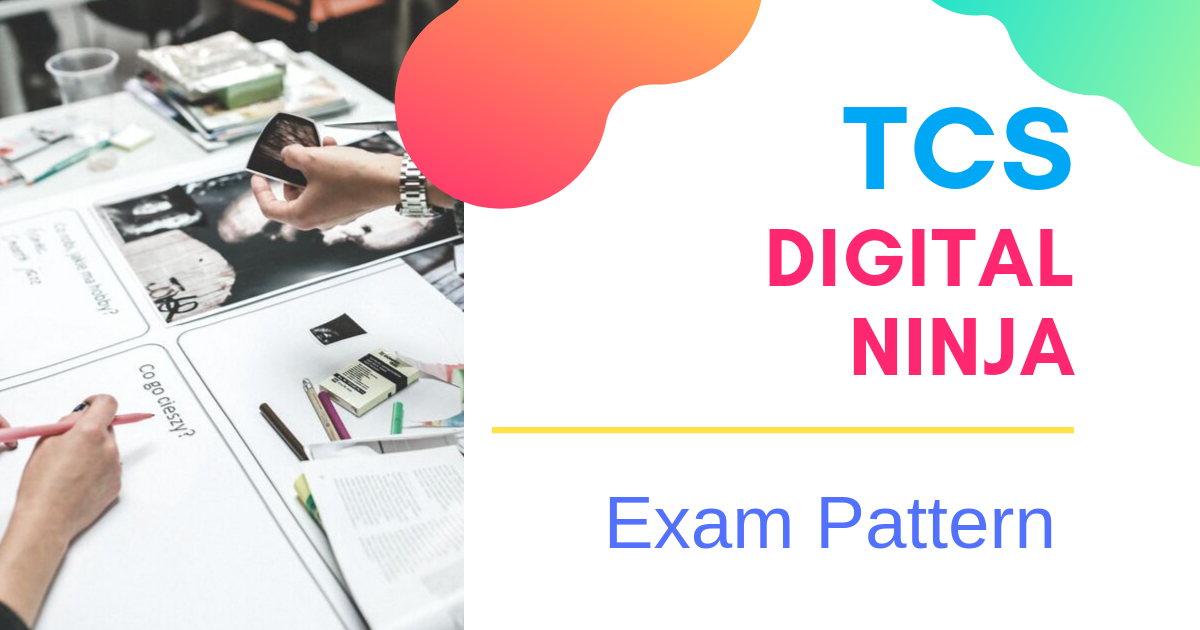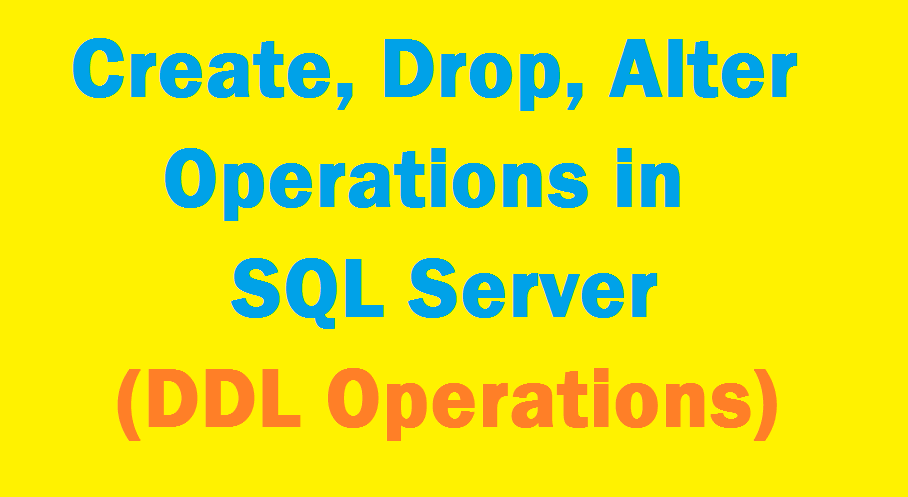How can I learn data structure to be a good programmer 10 steps
Here are ten steps you can follow to learn data structures and become a better programmer:
-
Choose a programming language: Choose a programming language that you are comfortable with or interested in learning. Many data structures can be implemented in a variety of languages, so you can choose the one that best suits your needs.
-
Understand the basics: Before diving into data structures, make sure you have a strong foundation in basic programming concepts such as variables, loops, and control structures.
-
Start with simple data structures: Begin by learning and working with simple data structures such as arrays and linked lists. These will give you a good understanding of how data structures work and how to manipulate them.
-
Practice with exercises: Find exercises or practice problems that will help you get hands-on experience with different data structures. This will help you understand how they work and how to use them effectively.
-
Learn more advanced data structures: Once you have a good understanding of the basics, start learning more advanced data structures such as trees, graphs, and hash tables.
-
Understand the trade-offs: Different data structures have different strengths and weaknesses. Learn about the trade-offs between different data structures and when to use each one.
-
Practice implementing data structures: As with any programming skill, the more you practice, the better you will become. Try implementing different data structures from scratch to get a better understanding of how they work and how to use them effectively.
-
Understand how data structures are used in real-world applications: Data structures are used in many different real-world applications, such as databases and search engines. Learn about these applications and how data structures are used to solve problems in these contexts.
-
Learn about algorithms: Data structures and algorithms often go hand in hand. Learn about common algorithms and how they can be used with different data structures to solve problems efficiently.
-
Keep learning and practicing: Data structures and algorithms are vast and complex topics, so it's important to continue learning and practicing as you go. Stay up to date with new developments and technologies, and be open to learning from others.




